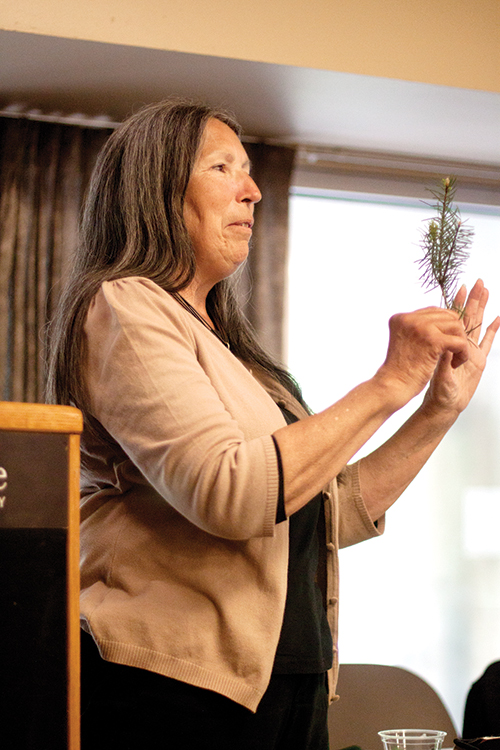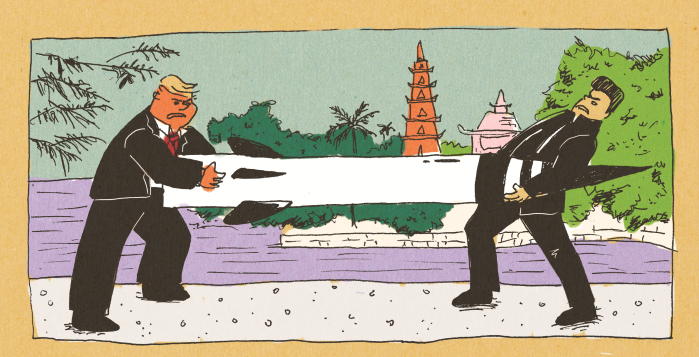Portland State hosted its first Walk of the Heroines lecture last week, to commemorate efforts made on campus to create community spaces as a way to promote sustainability.
Creating community spaces

Portland State hosted its first Walk of the Heroines lecture last week, to commemorate efforts made on campus to create community spaces as a way to promote sustainability.
The Walk of Heroines was first conceived in 1998 by what was then the Women’s Studies program at PSU. The site was completed in June 2011 with the help of Mayer/Reed, a Portland-based design firm. It was built to pay tribute to the women who have made an impact on all our lives.
The lecture was a testament to the achievements of those the walk honors. A message of creating a community space that instills a sense of pride was at the heart of the lecture’s message.
“Developing citizen pride is the most important part of creating peace,” said Meera Norris, one of the panelists and a recent graduate from the Women, Gender and Sexuality Studies program at PSU. The legacy of the walk is creating community spaces that the public can be proud to have and share, she said.
In the spirit of social sustainability, the walk was praised for its ability to strengthen the community connection to shared spaces. “This is the best way to promote peace,” Norris said.
“How does the land inform who we are?” asked Judy Bluehorse Skelton, a PSU faculty member, activist and panelist. This is the question the public was asked to consider. In response, the panel focused on awareness of what a community does with its public space.
Following the message of shared space was the emphasis of shared responsibility. As the panel stressed, the importance of places like the walk is that they demand that the public be active. This active engagement with place is meant to show that the entire public has a say in the making of shared space.
The idea is that the community will develop a sense of responsibility not only toward the land but also toward fellow community members by participating in public projects like community gardens. Community spaces like the walk provide a space for people to share, including sharing in its maintenance. These spaces are for all, and the hope is that the walk can also help do away with any sense of “otherness.”
These public spaces are also meant to be passed down. Community gardens like the walk provide “intergenerational ties shared through gardening,” said Carol Mayer-Reed, partner-in-charge of landscape architecture and urban design at Mayer/Reed.
“We want to create a space that will last,” Mayer-Reed said.






